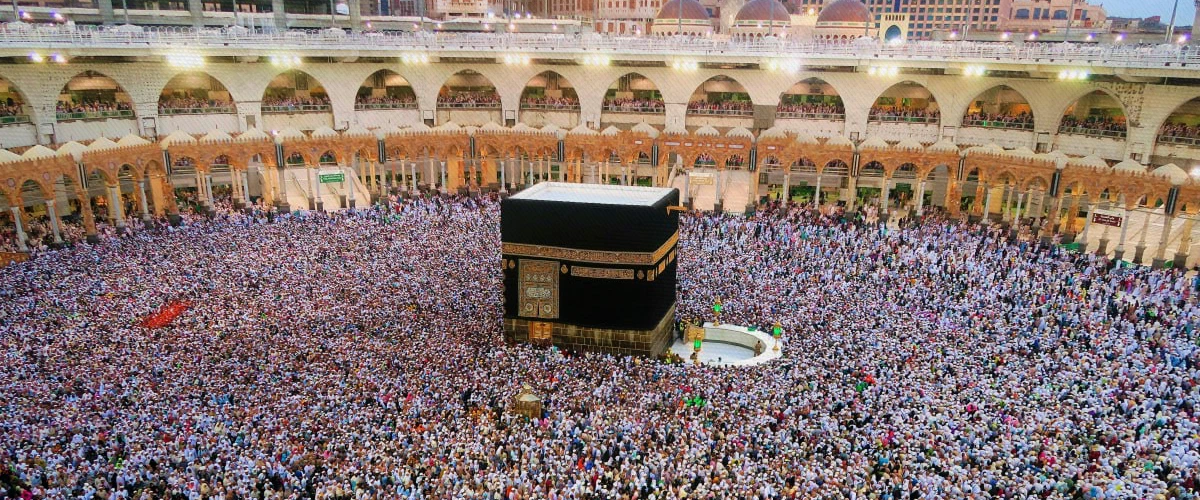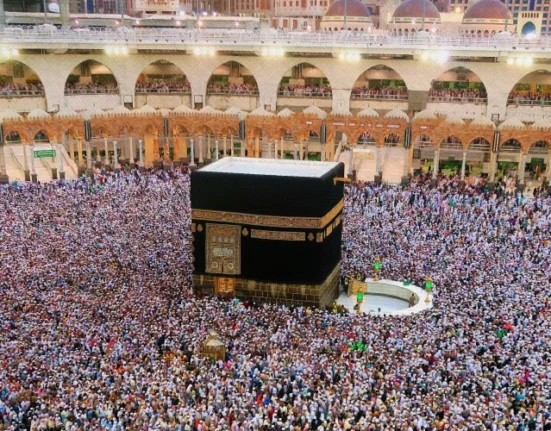WHENEVER we hear of holidays, we often associate the idea of it through gift-giving and a special outfit for a festive party. But with Eid al-Adha, it tells a different story.
In Islam, there are two kinds of Eid’s (Celebration Festivals), with one being Eid-al-Fitr, which signifies the completion of the Holy Month of Ramadan; and Eid al-Adha, a day when Muslims culminates the yearly Hajj to Mecca and honors Ibrahim’s sacrifice.
Despite not being directly related to the Hajj pilgrimage, Eid-ul-Adha holds significance in terms of timing as it occurs just one day after the Hajj is completed.
Ibrahim’s sacrifice
Eid al-Adha is commemorated for three days where they observe the story in the Quran of God appearing to Ibrahim, or Abraham, in his dream. In his dream, Ibrahim was commanded to sacrifice his son in an act of obedience.
Muslims believe that when Ibrahim was about to sacrifice his son, God sent an angel that stopped him and instead gave him a ram to sacrifice instead of his son.
How Eid al-Adha is celebrated
“Eid Mubarak,” which translates to “blessed feast or festival,” is a greeting among Muslims around the globe to start the holiday.
Families would go to their local mosque to attend a special morning prayer. After that, they will gather around their loved ones over a holiday feast and exchange of money and gifts.
Meanwhile others would make an obligatory pilgrimage to Mecca on the Hajj Pilgrimage, including to the mountainous region where Ibrahim made the act.
Muslims also commemorate Ibrahim’s sacrifice by performing udhiya (qurbani), which involves slaughtering a goat, sheep, or cow. The slaughtered animal is later shared with loved ones and given to those whose in need.
Many people also send donations or place qurbani orders in Muslim countries to feed the people who aren’t able to do this.
Message of Eid
These traditions remind people that letting go, having faith, and doing good deeds will be rewarded.
This lesson, together with the religious and communal activities of Eid, like gathering with loved ones and performing charitable deeds, represent mindfulness and can be beneficial when practiced on a regular basis.
Follow republicasia on Facebook, Twitter, and Instagram to get the latest.









